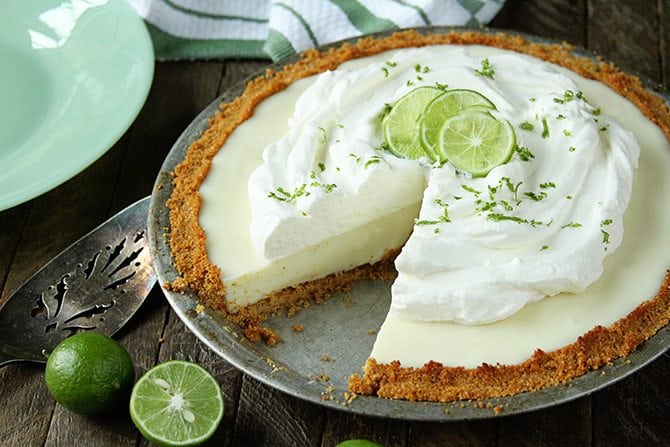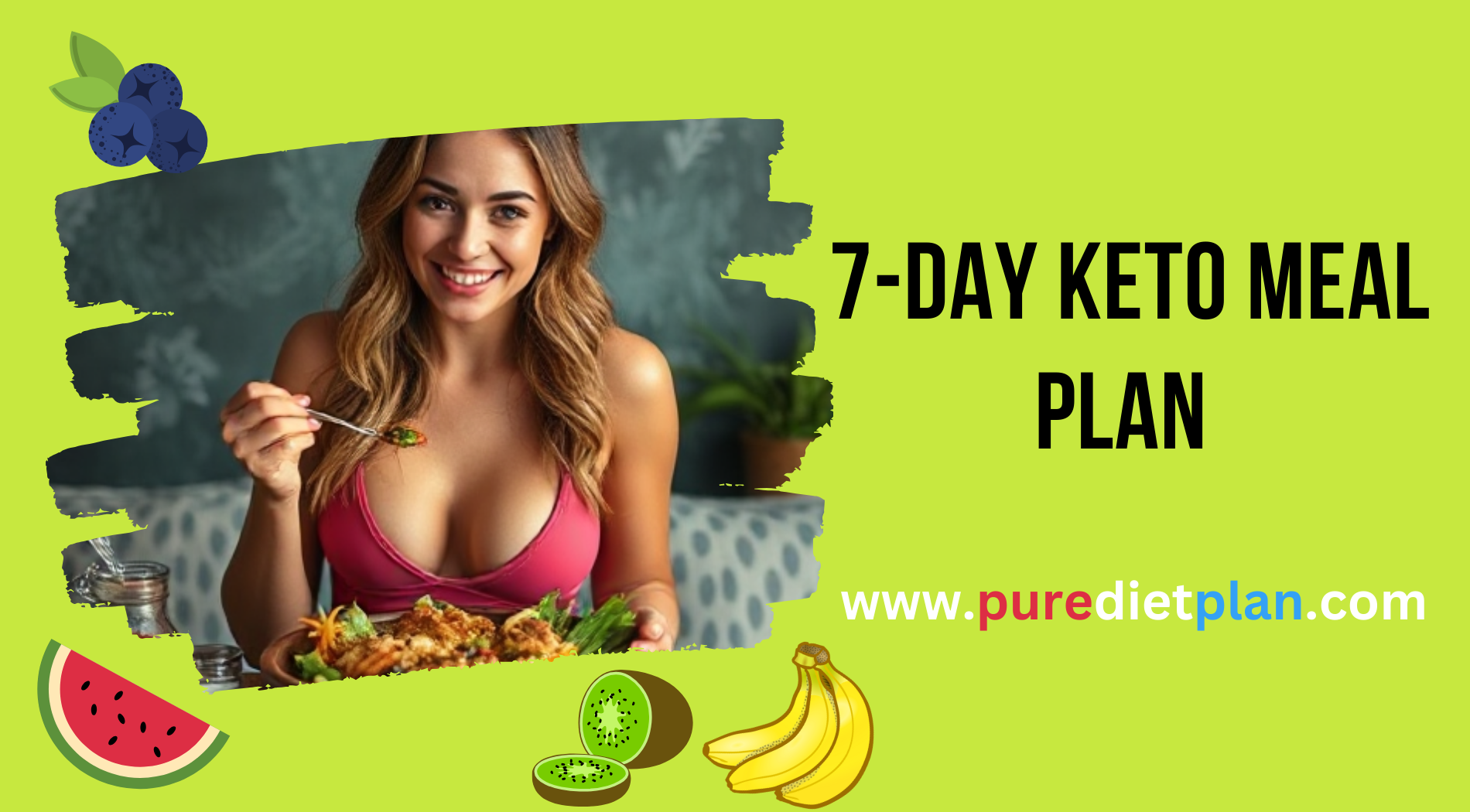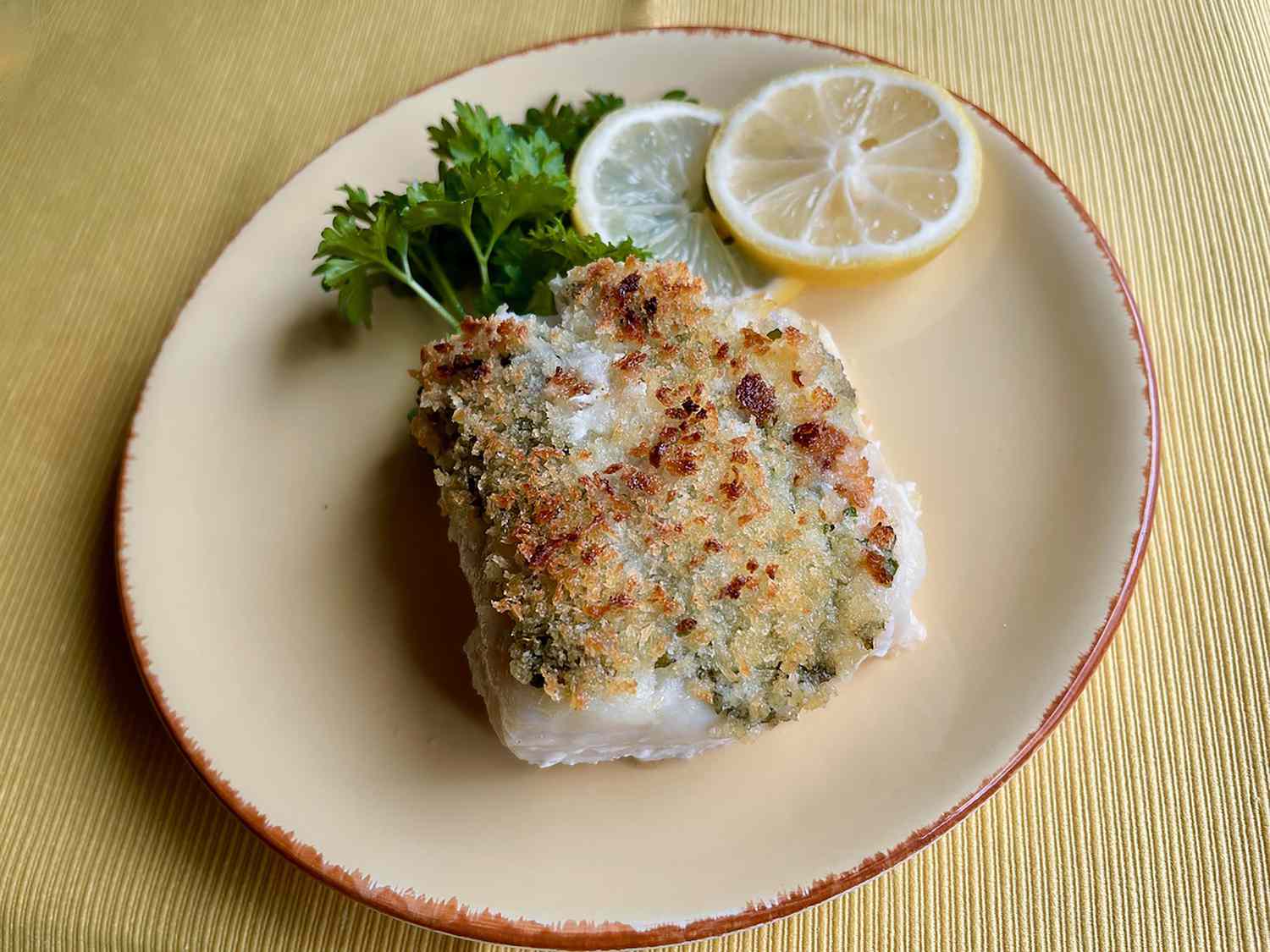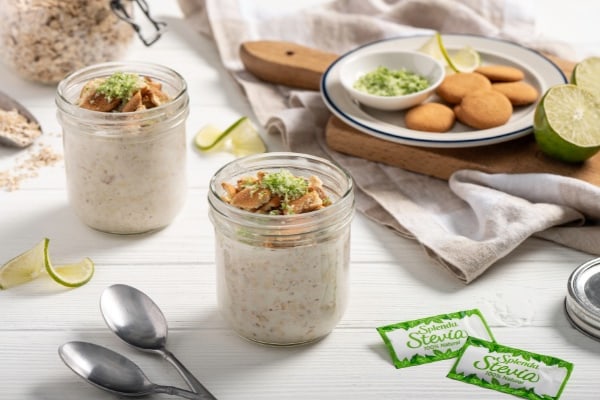Who Don't like lemon cake for breakfast? This creamy oatmeal tastes just like the iconic dessert, complete with cookie crumbs. A tangy lemon yogurt mix is added to the oats. To better preserve the texture of the oats, stir before covering. If you can't find fresh lemons, you can use regular lemon zest and bottled lemon juice, or a mixture of 1 part lemon juice and 2 parts regular lemon juice.
Are you craving a tangy and refreshing dessert? Look no further than the mouthwatering Key Lime Pie! This iconic dessert is a culinary masterpiece that combines the perfect balance of sweet and tart flavors. In this article, we will explore the rich history of Key Lime Pie, discover its key ingredients, and share a simple yet delicious recipe for you to try at home. So, get ready to indulge in a slice of this zesty delight!
The History of Key Lime Pie

The sweet and sour pie supposedly comes from Key West, Florida, late 19th century. The use of sweetened condensed milk, an essential ingredient, is likely due to the fact that fresh milk and refrigeration were rare in the remote Florida Keys until the 1930s.
The origins of Key Lime Pie can be traced back to the tropical paradise of the Florida Keys in the late 1800s. The pie was born out of necessity, as the area lacked the resources to make traditional pies with flour and milk. Instead, resourceful cooks turned to the abundance of vibrant yellow key limes that grew in the region. These limes, known for their intense aroma and distinct flavor, became the star ingredient for this now-iconic dessert.
What Makes Key Lime Pie So Unique?

The sugar contained in condensed milk neutralizes the acidity lemon flavour. What makes Key Lime Pie so special is the type of lime used, called West Indian lime or Mexican lime. They are sour and would make you moan without the creamy condensed milk and whipped cream!
1: Key Limes: The star of the show! Key limes are smaller and more acidic than regular limes, giving the pie its signature tangy flavor. Their juice is the backbone of this citrusy treat.
2: Graham Cracker Crust: The buttery, crumbly crust provides a perfect contrast to the smooth and creamy filling. Crushed graham crackers, combined with a touch of sugar and melted butter, create a delightful base for the pie.
3: Sweetened Condensed Milk: This rich and creamy ingredient forms the foundation of the filling. It lends a luscious sweetness and contributes to the pie's velvety texture.
4: Egg Yolks: In traditional Key Lime Pie recipes, egg yolks are added to the filling. They help to bind the ingredients together and contribute to the pie's smooth consistency.
Ingredients
2 cups old-fashioned rolled oats
2 cups whole milk
2 tablespoons chia seeds
1 tablespoon sweetened condensed milk
2 1/2 teaspoons grated Key lime zest, divided
1/4 teaspoon salt
1/4 teaspoon vanilla extract
1 (5.3-ounce) container low-fat Key lime–flavor strained (Greek-style) yogurt
2 tablespoons fresh Key lime juice (from about 5 Key limes), plus 4 Key lime wedges for serving
1/4 cup graham cracker crumbs
1 tablespoon unsalted butter, melted
2 teaspoons granulated sugar
Directions
Step 1
Preheat stove to 350°F. Line a huge rimmed baking sheet with material paper.
Step 2
:max_bytes(150000):strip_icc():format(webp)/Keylime-Pie-Overnight-Oats-gw-step2-2x3-0621-87c817419faa4c6e9b37db9ef55091b0.jpg)
Whisk oats, milk, chia seeds, consolidated milk, 2 teaspoons lime zing, salt and vanilla together in a medium bowl until completely joined.
Step 3
Split the blend between 4 (8-ounce) lidded compartments, around 3/4 cup each. Whisk yogurt and lime juice in a little bowl until mixed. Top each container with around 2 1/2 tablespoons of the yogurt blend. Refrigerate, covered, until the oats have consumed the fluid and the combination is thickened, no less than 8 hours or as long as 24 hours.
:max_bytes(150000):strip_icc():format(webp)/Keylime-Pie-Overnight-Oats-gw-step4-2x3-0663-8ec9491dc55a48a496619593ba6bc552.jpg)
Step 4
Consolidate graham wafer morsels, spread and sugar in a little bowl; blend in with a fork until brittle and the surface of wet sand. Spread into an even layer on the pre-arranged baking sheet. Heat until brilliant brown and fragrant, 5 to 7 minutes. Let cool on the container, around 15 minutes.
:max_bytes(150000):strip_icc():format(webp)/Keylime-Pie-Overnight-Oats-gw-step6-2x3-0668-01ad6e2e5543491ebade8c8040b35f0d.jpg)
Step 5
To serve, mix the yogurt blend into the oat combination. Top each presenting with 1 tablespoon of the graham wafer blend and sprinkle with 1/8 teaspoon lime zing. Decorate with a Key lime wedge, whenever wanted.
:max_bytes(150000):strip_icc():format(webp)/Keylime-Pie-Overnight-Oats-gw-step7-2x3-0669-8cbeb2206bc1482e9e078d8be9bd2b73.jpg)
Conclusion
Key Lime Pie has become an all-time favorite dessert for those who appreciate the tantalizing combination of sweet and tangy flavors. From its humble beginnings in the Florida Keys to its popularity worldwide, this delightful treat never fails to captivate taste buds. Whether you're enjoying it on a warm summer day or as a comforting treat year-round, Key Lime Pie is sure to leave you craving another slice. So, why not gather the key ingredients and embark on a culinary adventure? Treat yourself to a taste of this zesty masterpiece!
Frequently Asked Questions!
What does leaving oats overnight do?
Standing by for the time being permits the oats and chia seeds to hydrate and mellow the oats completely. We prescribe sitting tight four to five hours for the best insight, however a few clients really do appreciate eating it promptly for a more finished, chewy oats.
Is it OK to eat overnight oats every day?
Short-term oats are entirely protected to be eaten consistently. You might try and eat them each day assuming that you like. In any case, some say that they feel oats give them stomach related issues; short-term oats are not dangerous for those without ailments that influence assimilation.
What happens if you leave overnight oats for 2 nights?
How Long Short-term Oats Last. Short-term oats can be put away in a hermetically sealed holder for as long as five days in the cooler. The proviso is that they'll keep on mellowing the more they sit which may be a reward on the off chance that you like your oats on the super-smooth side.
Are overnight oats healthier than cooked oats?
The force of intensity while cooking is the contributing component, bring down the intensity better the supplement accessibility. At the point when you drench the oats short-term, it's practically similar to you're cooking them, yet the cycle is significantly longer and more slow, and it's managed without heat. Consequently, it is more supplement rich than cooked adaptation.









:max_bytes(150000):strip_icc():format(webp)/Keylime-Pie-Overnight-Oats-gw-step2-2x3-0621-87c817419faa4c6e9b37db9ef55091b0.jpg)
:max_bytes(150000):strip_icc():format(webp)/Keylime-Pie-Overnight-Oats-gw-step4-2x3-0663-8ec9491dc55a48a496619593ba6bc552.jpg)
:max_bytes(150000):strip_icc():format(webp)/Keylime-Pie-Overnight-Oats-gw-step6-2x3-0668-01ad6e2e5543491ebade8c8040b35f0d.jpg)
:max_bytes(150000):strip_icc():format(webp)/Keylime-Pie-Overnight-Oats-gw-step7-2x3-0669-8cbeb2206bc1482e9e078d8be9bd2b73.jpg)